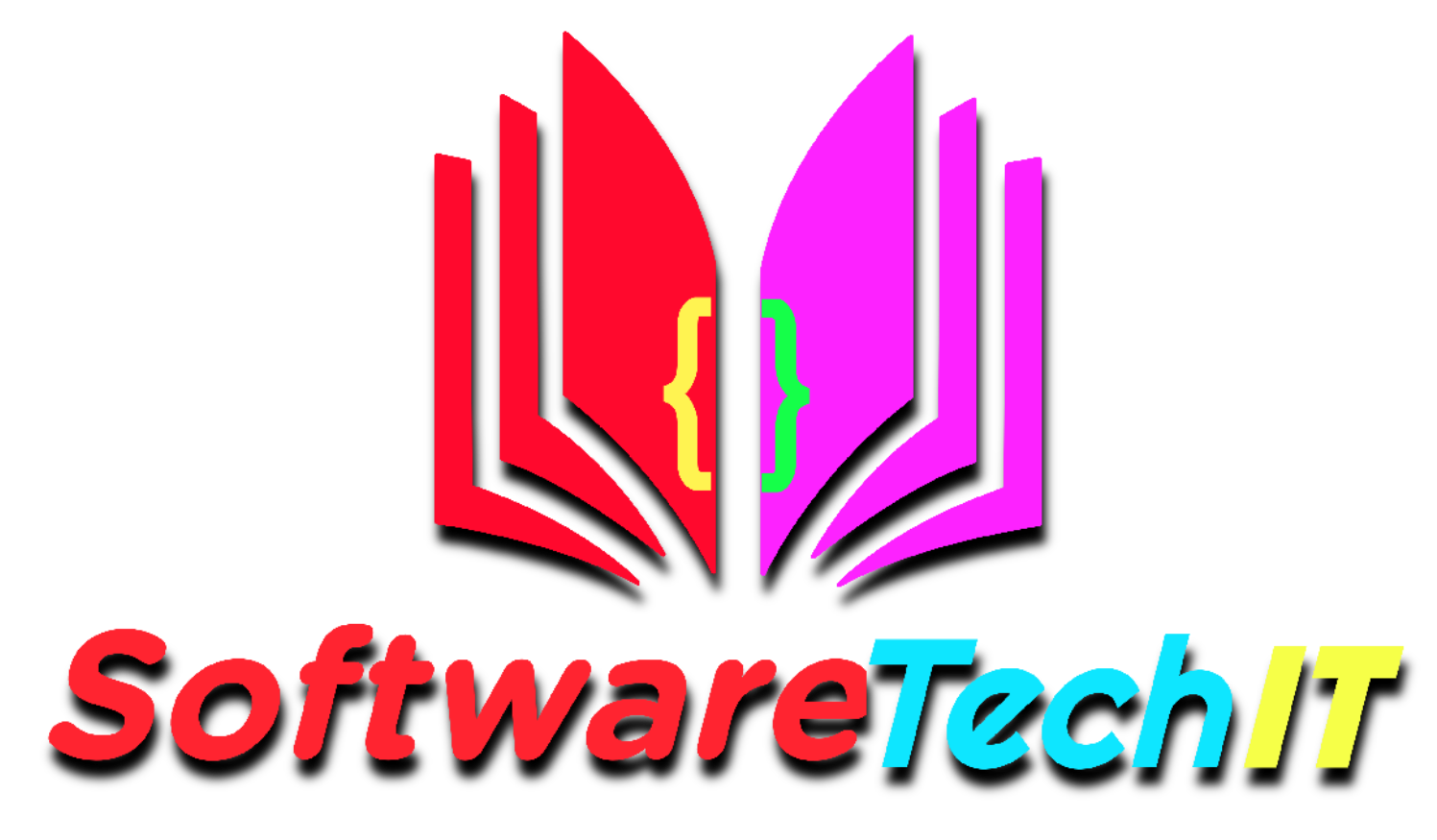Which of the following models follow a purely
sequential approach?
A. RAD
B. Spiral Model
C. Waterfall model
D. Prototype model
ANSWER: C
Which phase of the RUP is used to establish a business
case for the system?
A. Inception
B. Transition
C. Construction
D. Eliction
ANSWER: A
Object-Oriented Systems are easier to
A. Adapt to changing requirements
B. Easier to maintain and more robust
C. Promote greater design and code reuse
D. All of the mentioned
ANSWER: D
_____ is not suitable for accommodating any change
A. Waterfall
B. Spiral
C. RAD
D. None of the mentioned
ANSWER: A
In software maintenance removing errors spotted by
users is known as _______
A. Corrective
B. Adaptive
C. Preventive
D. Perfective
ANSWER: A
Choose the correct option from given below:
A. RAD Model facilitates re-usability of components
B. Prototype Model facilitates re-usability of
components
C. Both RAD & Prototyping Model facilitates
re-usability of components
D. Neither RAD nor Prototype Facilitates reusability
of components
ANSWER:C
After implementation of the system, system maintenance
could be done for___
A. Errors detected during the processing
B. Revision of the formats of the reports
C. Minor changes in the processing logic
D. All of the mentioned
ANSWER: D
Which model is also called as the classic life cycle
or the Waterfall model?
A. Iterative Development
B. Linear Sequential Development
C. Incremental Development
D. RAD Model
ANSWER: B
The spiral model has two dimensions namely __ and __
A. diagonal, perpendicular
B. radial, angular
C. radial, perpendicular
D. diagonal, angular
ANSWER: B
The incremental model is
A. a reasonable approach when well-defined
requirements.
B. good approach when a working core product quickly
C. not used for commercial projects.
D. approach to use projects with large development
teams.
ANSWER: A
If a system is
being developed where the customers are not sure of what they want, the
requirements are often poorly defined. Which of the following would be an
appropriate process model for this type of development?
A. Prototype
B. Waterfall
C. RUP
D. Incremental
ANSWER: A
Which one of the following models is
not suitable for accommodating any change?
A. Waterfall
B.
Evolutionary
C.
Prototype
D.
Spiral
ANSWER: A
A model that is the demo implementation of the system
A.
Prototype
B.
Waterfall
C.
Incremental
D.
Agile
ANSWER: A
RAD Model has
A.
2 phases
B.
3 phases
C.
5 phases
D. 6 phases
ANSWER: C
RUP
stands for
A.
Rational Unified Process
B.
Related Ultrasonic Process
C.
Rapid Unified Process
D.
None of the above
ANSWER: A
Process
sequence in RUP development are___
A.
Construction, Inception, transition, Elaboration
B.
Elaboration, Construction, Inception, Transition
C.
Inception, Elaboration, Constraints, Transition
D.
Inception, Elaboration, Construction, Transition
ANSWER: D
Which phase of the RUP is used to
establish a business case for the system?
A. Inception
B. Elaboration
C. Construction
D. Transition
ANSWER: A
Which one of the
following is not a phase of Prototyping Model?
A.
Quick
Design
B.
Engineer
Product
C. Coding
D. Prototype Refinement
ANSWER: C
Which two models doesn’t allow
defining requirements early in the cycle?
A.
Prototyping & RAD
B.
Prototyping & Spiral
C.
Waterfall & RAD
D. Waterfall & Spiral
ANSWER: B
The spiral model has two dimensions
namely _____________ and ____________.
A.
diagonal, angular
B.
radial, angular
C.
radial, perpendicular
D. diagonal, perpendicular
ANSWER: B
The Rational Unified
Process model __________
A.
Completes each
phase fully before advancing to the next phase
B.
Iterates
through the phases to develop prototypes with increasing functionality
C.
Focuses on best
practices and is informally structured
D.
Begins the next
phase before the current phase is completed
ANSWER: D
Which of the following models
follow a purely sequential approach?
A. RAD
B. Spiral Model
C. Waterfall model
D. Prototype model
ANSWER: C
Which of the following models
combine the features of waterfall model and prototyping model?
A. Iterative development
B. 4GL
C. Modified waterfall model
D. Spiral model
ANSWER: D
















0 Comments